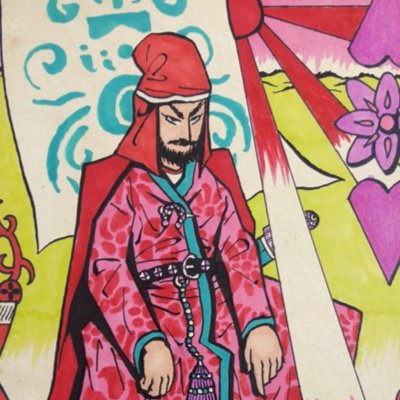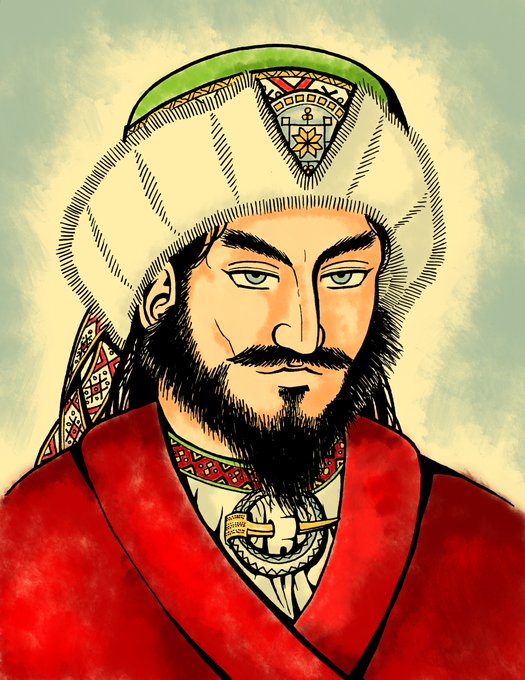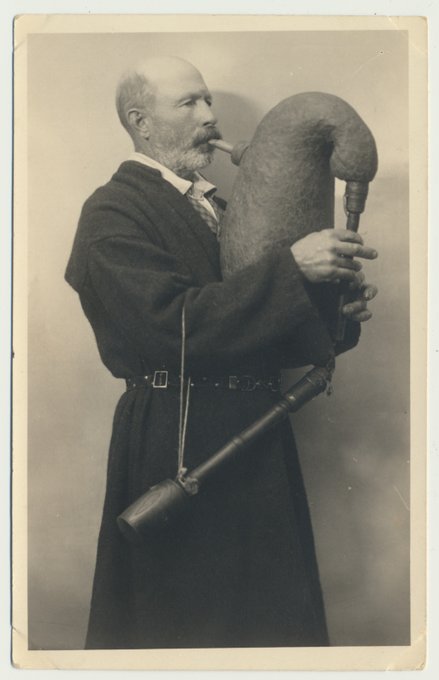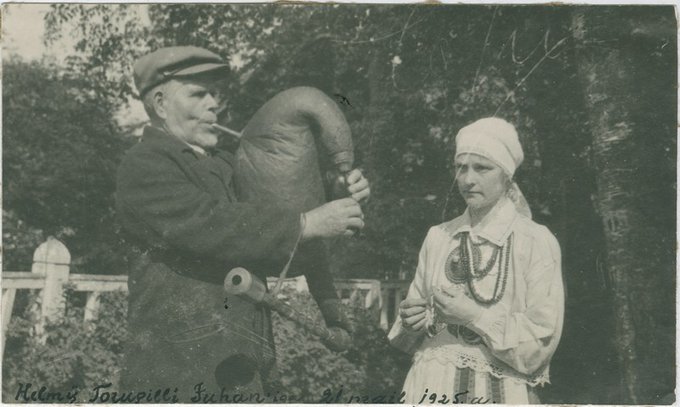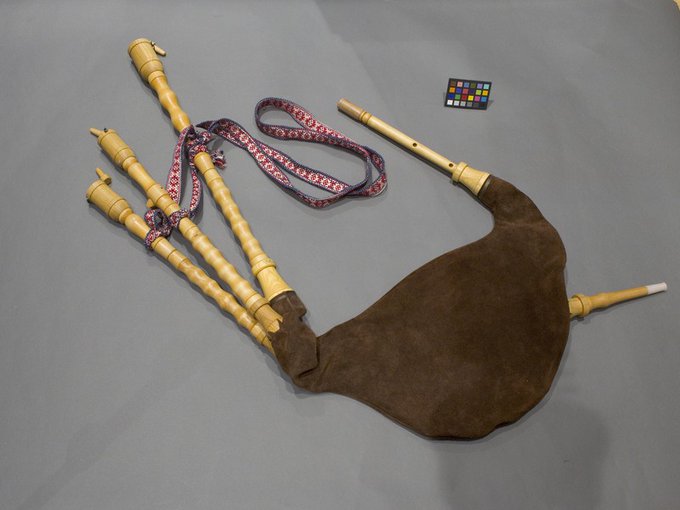Javuš - prince of Arsk
Nuryz Asanov - peasant who rid the Vyatka Udmurts of an abusive voivode
Kamit Usmanov - peasant who raised a small band of Udmurts and Tatars to fight against tax-collectors
Valentin Belyh's portraits of various Udmurt mythical and historical figures.
Čuńypi Bursin - mythical ruler who fought against Maris
Selta batyr - Bursin's brother
Idna batyr - mythical ruler who united Northern Udmurts
Eš-Terek batyr - mythical ruler who fought against Tatars
The man is wearing a bronze cone helmet, a reindeer/elk horn chest piece and lamellar armour seemingly from iron. The Kulay culture, which lasted roughly from 500 BC to 500 AD was interesting in that horn, bronze and iron armour and weaponry was used simultaneously.
The Finno-Ugric theory usually places the Burtassians in the Mordvinic family. Iranian scholar Rajid ad-Din groups the Burtassians together with Mokshas and Erzyas. The way of life and burial traditions of the Burtassians also resemble those of the Mordvins.
But what language did they speak and where did they come from? Many historians support an Iranic origin of the Burtassians, specifically a group of Alans who migrated north from the Caucasus. This is proven by the cremation-burials of the Burtassians and their Iranian swords.
The bagpipe (torupill in Estonian) used to be one of the most popular and widespread instruments in Estonia, being the main instrument accompanying dance and celebrations, until the 19th c. It's first mentions in Estonia are from the 16th c, but was likely used before that too.
Facial reconstruction of a woman from the Pyanobor culture, 2nd century BC. The Pyanobor culture was the successor of the Ananyino culture. They were the ancestors of Udmurts and Maris, living on the Vyatka and Kama rivers.
